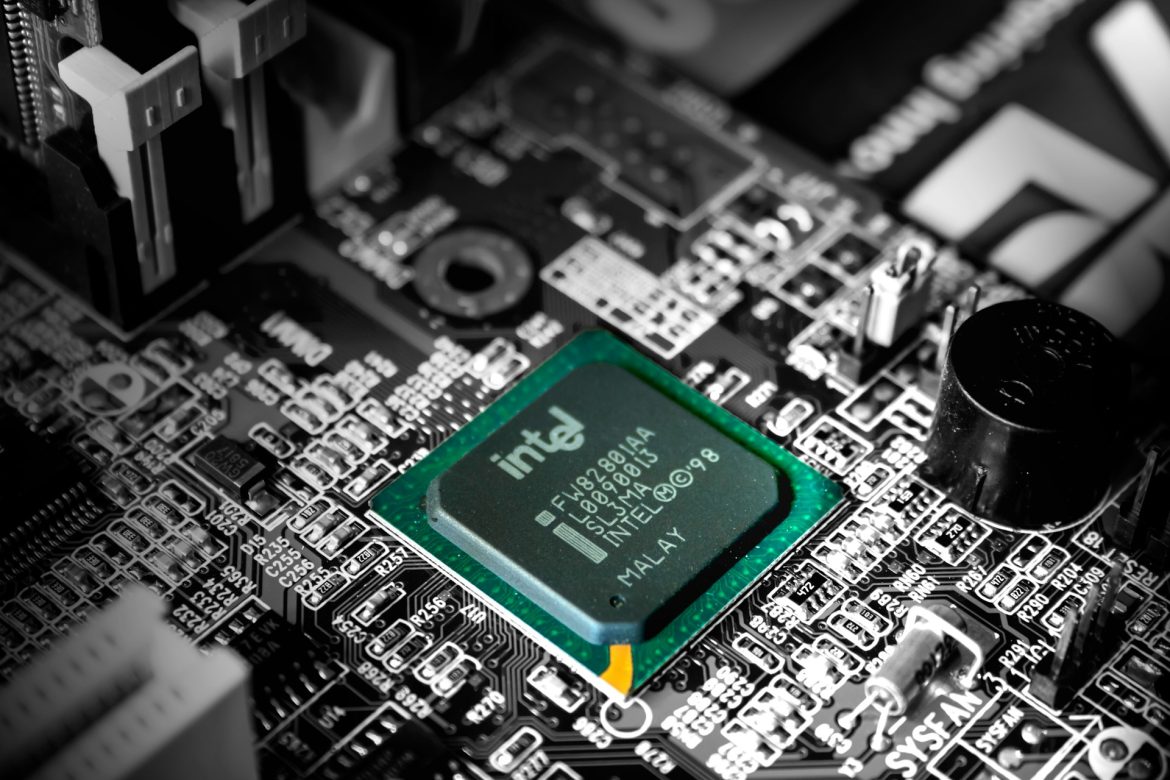As the year progresses, the anticipation builds for the major hardware manufacturers to unveil their latest generation of processors and graphics units. Intel, along with AMD and NVIDIA, is set to introduce new hardware throughout the year. Intel is expected to take the lead, with significant revelations about its Arrow Lake processors and Z890 motherboards anticipated at the upcoming Computex event.
Intel is reportedly facing challenges with its current high-end processors, particularly with the i9 series, which includes the i9-13900K and i9-14900K, as well as the KS and KF variants. These models have been criticized for their high voltage, temperatures, and power consumption—issues stemming from Intel’s aggressive pursuit to outperform AMD in the gaming CPU market.
The upcoming Z890 motherboards are poised to support Thunderbolt 4 natively and will feature more PCIe 5.0 lanes, marking a significant upgrade over previous models. Intel seems to have shifted strategies by capping the frequency increases, a necessary move given the technical limitations encountered. The new Arrow Lake series will see frequencies standardized to 5.5 GHz, aligning with the capabilities of earlier models like the i9-12900K.
Leaked details from a source known as Golden Pig Upgrade reveal that the Z890 motherboards will use the LGA 1851 socket and offer exclusive support for DDR5 memory, phasing out DDR4 compatibility. These boards will accommodate faster DDR5 memory, capable of speeds up to 6,400 MHz, and will also provide additional PCIe 5.0 lanes, although the exact number remains unspecified.
Key details about the processor lineup include the Core Ultra 9 285K, which will boast 36 MB of L3 cache, and the Core Ultra 5 245K, set to feature 24 MB of cache. Intriguingly, it is rumored that the Arrow Lake CPUs compatible with Z890 will not utilize Hyper-Threading, a departure from Intel’s usual approach, awaiting confirmation during the official announcement.
The upcoming Computex 2024 is expected to provide more clarity on these new processors and motherboards, with a projected release in the latter half of 2024. Regarding integrated graphics, the Arrow Lake CPUs for desktops are speculated to include a maximum of 4 Xe Cores from the Arc Alchemist line, with other models possibly incorporating 2 and 3 Xe Cores. This suggests a comparative decrease in integrated graphics performance for desktops versus laptops, positioning AMD’s Ryzen 8000G APU as the superior choice for integrated GPU performance.
Intel’s strategic changes and the introduction of new technologies in its upcoming products signify a pivotal moment in the competitive landscape of CPU and motherboard technology, promising enhanced performance and integration for users.



